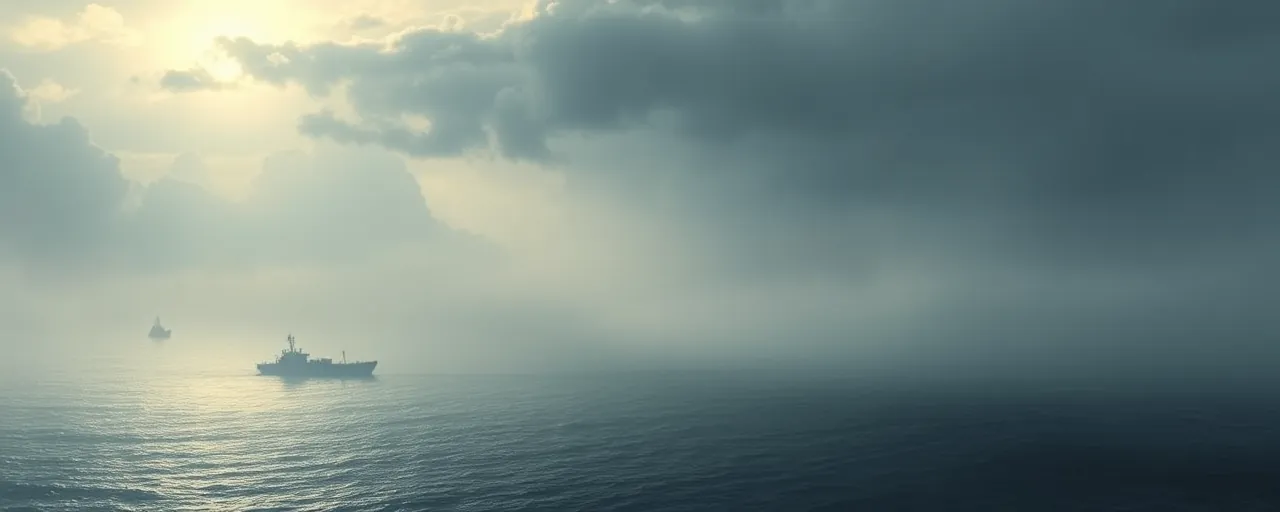A Provocative Shadow Over the Strait
The Taiwan Strait, a narrow ribbon of water separating China from Taiwan, has become a flashpoint once again. On April 6, 2025, the foreign ministers of the G7 nations - Canada, France, Germany, Italy, Japan, the United Kingdom, and the United States, alongside the European Union’s High Representative - issued a sharp rebuke. They pointed to China’s recent large-scale military drills near Taiwan, calling them provocative and a threat to peace. These exercises, simulating potential blockades or invasions, have sent ripples of unease through the region and beyond.
For those new to the stakes, this isn’t just diplomatic posturing. The strait is a lifeline for global trade, a bustling corridor where ships carry goods worth over $1.4 trillion each year. Any disruption here doesn’t just rattle governments; it hits factories, stores, and wallets worldwide. The G7’s statement reflects a growing worry that China’s actions could tip a delicate balance into chaos, with real-world consequences for millions.
Drills and Defiance
China’s People’s Liberation Army has ramped up its presence around Taiwan in recent years, with exercises growing in scale and frequency. These drills aren’t random flexes of muscle. They’re calculated moves, often tied to Beijing’s frustration over Taiwan’s political stance or its ties with nations like the United States. The latest operations, involving naval ships and aircraft, have drawn particular alarm for their size and proximity to Taiwan’s shores. Japan, close enough to feel the heat, has even drafted evacuation plans for its citizens near Taiwan.
Taiwan’s leadership, under President Lai Ching-te, has pushed back, bolstering defenses and deepening international partnerships. Beijing sees this as defiance of its claim that Taiwan is an inseparable part of China, a view rooted in the aftermath of the Chinese Civil War in 1949. The G7, in turn, has urged calm, stressing that unilateral moves - whether by force or coercion - only deepen the rift. Yet, the group stopped short of endorsing any specific solution, leaving room for debate on how to bridge the divide.
The Economic Ripple Effect
If tensions boil over, the fallout won’t stay confined to the strait. Experts estimate a conflict or blockade could disrupt over $2 trillion in economic activity. Taiwan’s role as a semiconductor powerhouse makes it a linchpin for everything from smartphones to cars. A chokehold here would snarl supply chains, spike prices, and rattle markets globally. China, too, relies on the strait for imports feeding its industrial engine, meaning any escalation cuts both ways.
Nations far from the action would feel the sting. Commodity exporters could see demand plummet, while debt-strapped economies might face new crises as trade falters. The European Union, a G7 partner, has flagged these risks, tying regional stability to global prosperity. It’s a stark reminder that what happens in these waters doesn’t just shape East Asia - it redraws the world’s economic map.
Voices for Peace, Eyes on Stability
The G7’s call for dialogue isn’t new, but its tone has sharpened. Once, statements leaned heavily on phrases like the 'one China' policy, nodding to Beijing’s position. Now, that language is fading, hinting at a shift toward backing Taiwan’s place on the global stage. Japan and the United States, key players in the group, have long seen the Indo-Pacific’s openness as non-negotiable. Their push aligns with a broader chorus, from Australia to ASEAN states, wary of China’s growing assertiveness.
Not everyone agrees on the approach. Some argue the G7 risks poking the bear, escalating tensions by spotlighting China’s moves without offering a clear path forward. Others, including voices in Taiwan, welcome the support, seeing it as a bulwark against coercion. The European Union, balancing trade ties with China, walks a tightrope, condemning the drills while avoiding outright confrontation. It’s a messy tangle of interests, but the message is clear: stability matters, and no one wants a misstep to spark disaster.
Looking Ahead
The G7’s statement lands at a pivotal moment. Decades of uneasy coexistence between China and Taiwan have weathered storms before - think armed clashes in the 1950s or the missile crisis of the 1990s. Today’s stakes feel higher, with military tech more advanced and economies more entwined. The ministers’ plea for constructive talks echoes a hope that history doesn’t repeat itself, but the path to de-escalation remains murky.
For regular people watching this unfold, the takeaway is simple yet daunting. This isn’t just about warships or borders; it’s about the stuff that keeps the world humming - trade, tech, and a fragile peace. Whether dialogue can cool these tensions, or if louder saber-rattling lies ahead, hinges on choices made in Beijing, Taipei, and capitals across the G7. One thing’s certain: the Taiwan Strait’s ripples reach far, and they’re getting harder to ignore.
